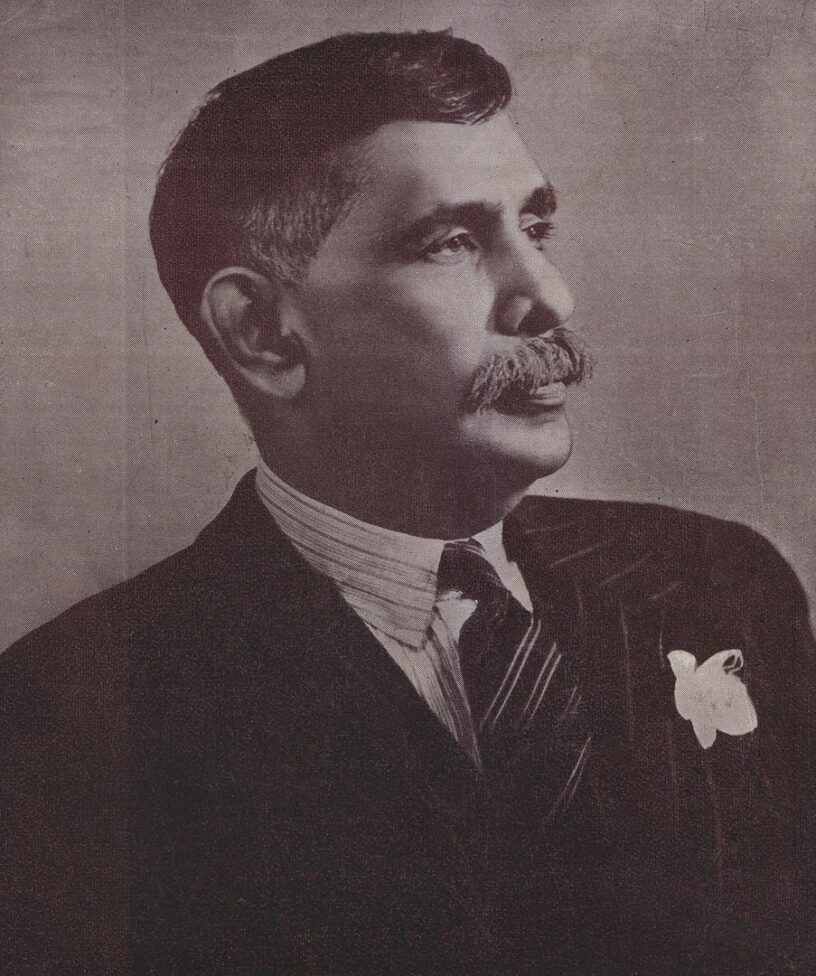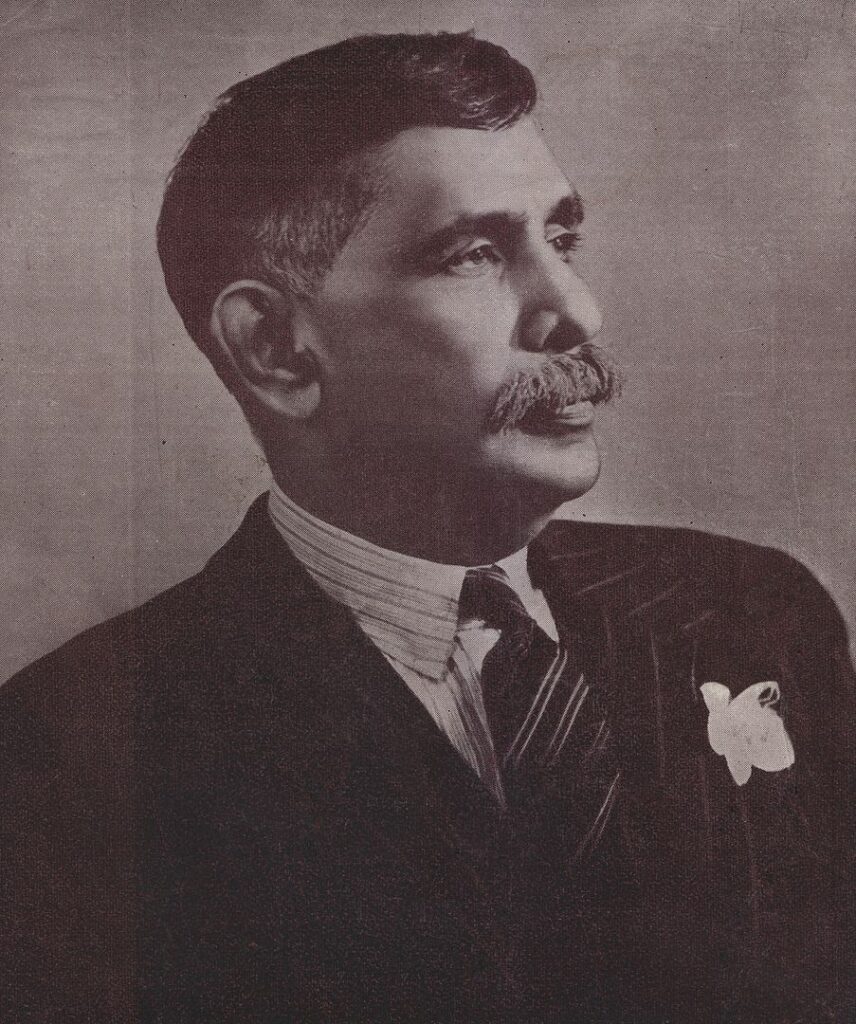
Rt. Hon Don Stephen Senanayake – Photo by Government of Ceylon (Sri Lanka) – Wikimedia
Top 10 Astonishing Facts about D. S. Senanayake
The Right Honorable Don Stephen Senanayake was a Ceylonese statesman. Ceylon is present-day Sri Lanka and D. S. Senanayake is largely considered the “Father of the Nation”.
He was the first Prime Minister of Ceylon, from 1947 until 1952 when he passed on. He was elected to the first Parliament of Ceylon, having emerged as the leader of the Sri Lankan independence movement that led to the establishment of self-rule in Ceylon.
In the early years of his premiership, right after forming a government, he faced opposition and criticism from many quarters.
Here are the top 10 astonishing facts about D. S. Senanayake.
1. Their Family Owned A Granite Mine
Don Stephen was born on 21st October 1884 at Bottle, Mirigama in Sri Lanka. His parents were Don Spater Senanayake, an entrepreneur in the granite mining industry and philanthropic, and Dona Catherina Elizabeth Perera Gunasekera Senanayake.
He was brought up in a devout Buddhist family and he had two elder brothers and one sister. He attended the prestigious Anglican S. Thomas’ College, Mutwal. He was an average student but excelled in sports and loved playing cricket.
After completing schooling, he worked as a clerk in the Surveyor General’s Department before leaving to work in the family business at his father’s rubber plantation, and granite mine and managing the family estate.
2. He Was Imprisoned For Over A Month
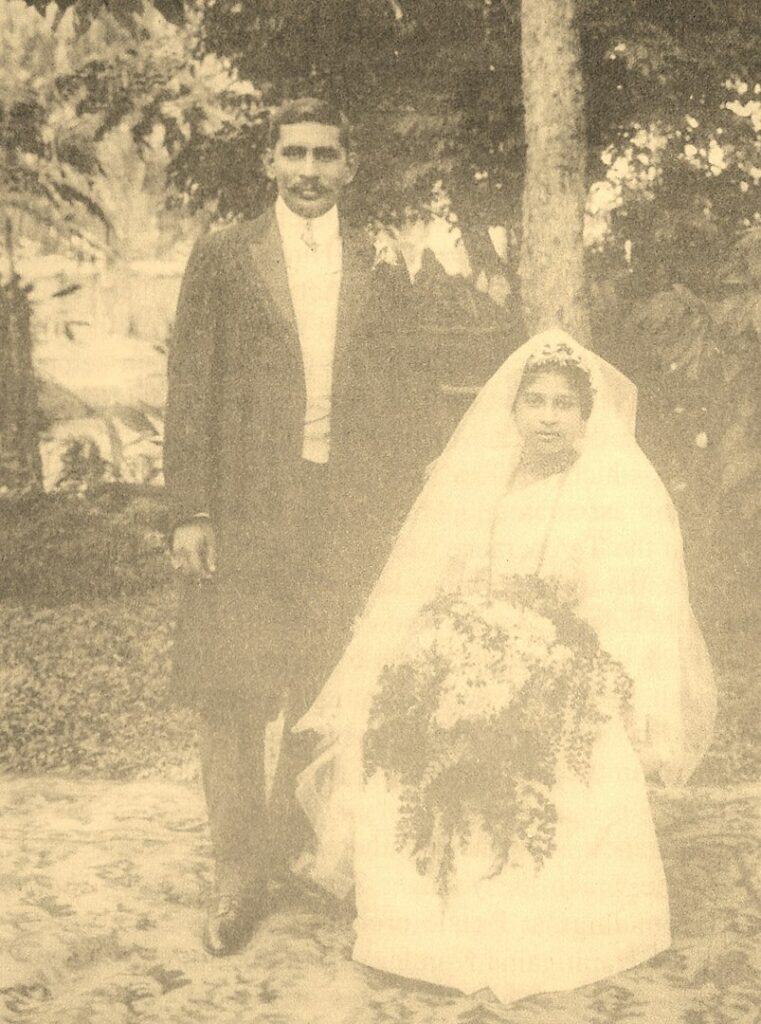
D. S. Senanayake and his bride Mollie Dunuwille. Photo by Unknown – Wikimedia
Stephen joined forces with his brothers and they became active political activists in the temperance movement that was formed in 1912. When World War I broke out in 1914 they joined the Colombo Town Guard.
The brothers were imprisoned without charges for one and a half months during the 1915 riots and faced the prospect of execution. The suppression initiated the modern independence movement that was led by the educated middle class.
3. He Was Elected Unopposed
Don Stephen was elected unopposed in 1924 to the Legislative Council of Ceylon by Negombo constituents, becoming the Secretary of the unofficial members’ group of the Legislative Council.
The following year, his brother Fredrick Richard died on a pilgrimage to Buddha Gaya and Don Stephen assumed his leadership of the independence movement.
In 1931, he was elected to the State Council of Ceylon, where he served as Minister of Agriculture and Lands. While he was minister, his policies earned him respect and he continued to be a minister for fifteen years having been re-elected in 1936.
4. He Was The First Prime Minister

Rt. Hon Don Stephen Senanayake – Photo by Government of Ceylon (Sri Lanka) – Wikimedia
In 1946, he resigned from his ministerial post to push for full independence. That year he formed the United National Party (UNP) and was elected to the first Parliament of Ceylon forming a government and serving as Ceylon’s first Prime Minister from 1947 until he died in 1952.
With his accession, Senanayake began the process of establishing institutions needed for an independent state. He boldly made plans to spread out the population, and his Gal Oya scheme relocated over 250,000 people.
He held the Ministry of Defense, External Affairs, Health, and Local Government. His government’s bold agricultural plans and pro-Western policies were criticized by many.
5. He Turned Down A Knighthood
Senanayake began the process of establishing institutions needed for an independent state. While most domestic institutions existed, Ceylon remained dependent on Britain for trade, defense, and external affairs.
He turned down a knighthood but maintained good relations with Britain and was the first Ceylonese to be appointed to the Privy Council in 1950. Under his and his family’s leadership, Sri Lanka’s economy flourished, and he is still known as “The Father of Sri Lanka”.
6. His Government Established The Controversial Citizenship Act
Senanayake’s government introduced the Ceylon Citizenship Act which was passed by parliament in 1948. Only about 5,000 Indian Tamils qualified for citizenship. More than 700,000 people, about 11% of the population, were denied citizenship and made stateless.
The bill had been opposed fiercely in Parliament by the Ceylon Indian Congress, which represented the Indian Tamils, and the Sinhalese leftist parties, as well as the All-Ceylon Tamil Congress, which represented the Sri Lankan Tamils.
Tamils were not happy with his citizenship laws, which disenfranchised virtually all Tamils of recent Indian origin living in the central highlands.
7. He Was A Farmer
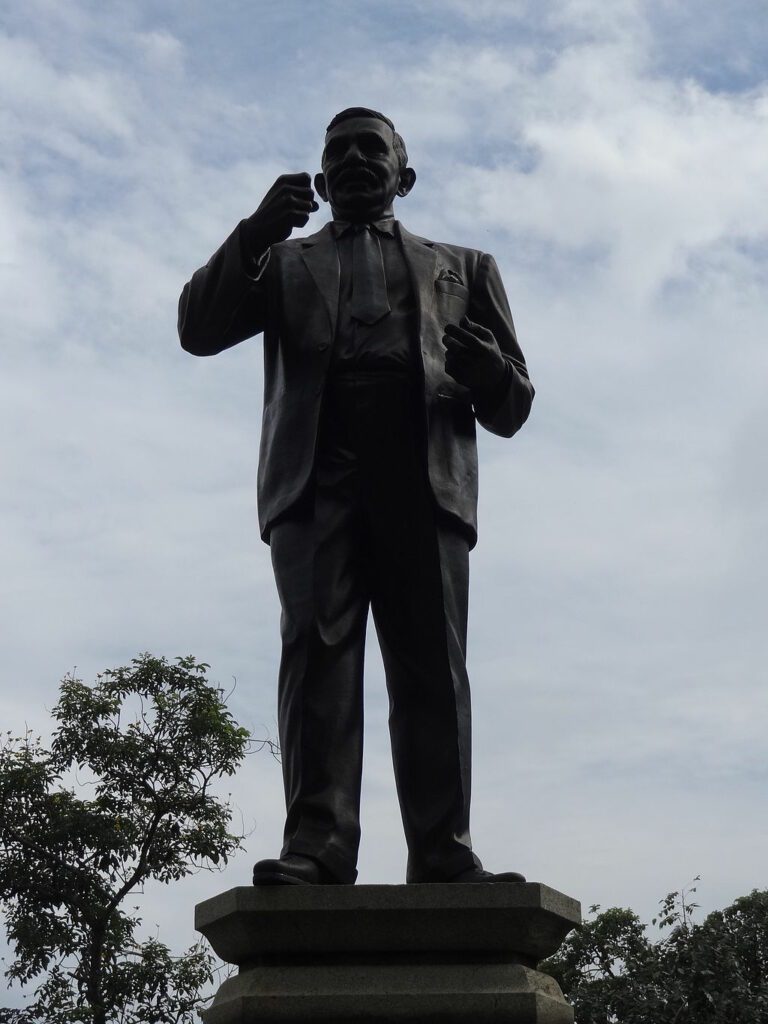
Don Stephen Senanayake Statue. Photo By Cherubino – Wikimedia
While Senanayake was Minister of Agriculture and Lands, he initiated a policy to effectively combated Ceylon’s agricultural problems. He established the Land Development Ordinance and introduced an agricultural policy to counter Ceylon’s rice problems.
Senanayake was a farmer, he cared for many animals such as elephants as pets, horses, pigs, and cattle mainly kept at his estate and the Bothale Walawwa.
He was also a keen horticulturist. Among the crops he grew were orchids some of which he wore in the lapel of his suit.
8. Senanayake Fell Off A Horse
Senanayake had a habit of horse riding every morning before breakfast. One Friday morning in March 1952, Senanayake took his usual ride at a park, a short distance from his official residence.
He was riding one of his favorite horses Chitra a mare belonging to the mounted police. The horse broke into a gallop from a canter and went on for a mile, he suffered a stroke and collapsed while riding and he fell off the saddle.
He was taken to a nursing home where he remained unconscious and he passed on the next day that is 22nd March 1952 at 3:30 pm.
He had suffered from diabetes most of his life.
9. His Son Succeeded Him As Prime Minister
D. S. Senanayake married Molly Dunuwila in 1910. They had two sons, Dudley Shelton Senanayake and Robert Parakrama Senanayake.
His eldest son, Dudley Shelton Senanayake, succeeded him as Prime Minister after his death in 1952, followed by his nephew, Sir John Kotelawala in 1953. Dudley Senanayake regained the premiership briefly in 1960 and again from 1965 to 1970.
10. There Are Statues And Institutions Named In His Honor
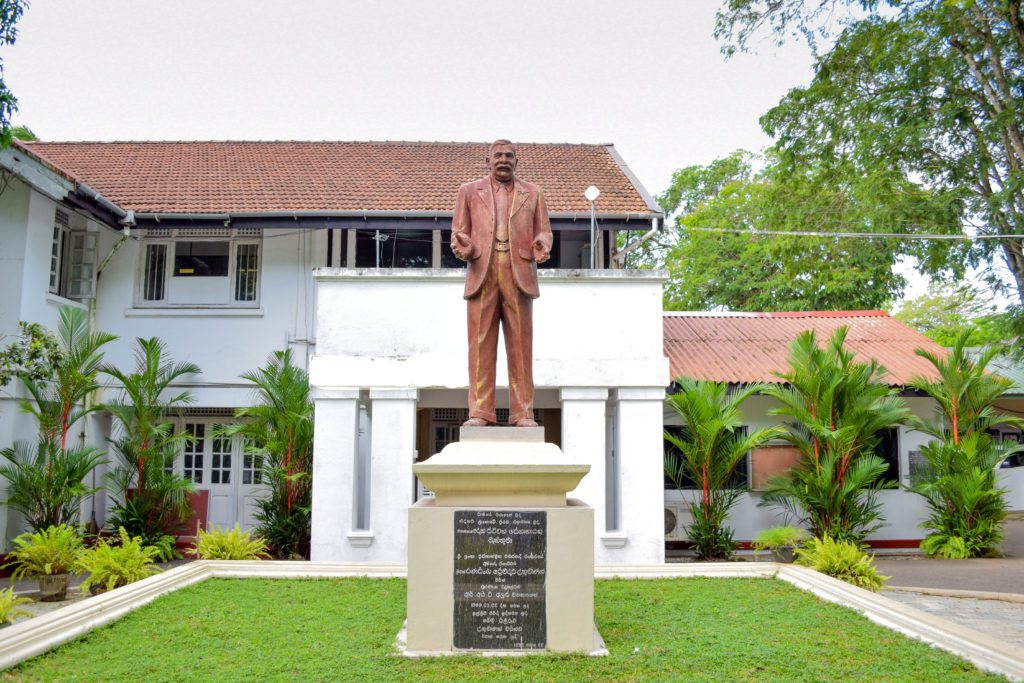
The Front Entrance of D.S. Senanayake College. Photo By RNG – Wikimedia
The Rt Hon Don Stephen Senanayake has many schools, libraries, and public buildings named in his honor.
Statues of D. S. Senanayake have been erected in many parts of the island, including one at the Independence Memorial Hall and the Old Parliament Building, Colombo.
The lake created by the Gal Oya Dam has also been named the Senanayake Samudraya in his honor.
Planning a trip to Paris ? Get ready !
These are Amazon’s best-selling travel products that you may need for coming to Paris.
Bookstore
- The best travel book : Rick Steves – Paris 2023 – Learn more here
- Fodor’s Paris 2024 – Learn more here
Travel Gear
- Venture Pal Lightweight Backpack – Learn more here
- Samsonite Winfield 2 28″ Luggage – Learn more here
- Swig Savvy’s Stainless Steel Insulated Water Bottle – Learn more here
Check Amazon’s best-seller list for the most popular travel accessories. We sometimes read this list just to find out what new travel products people are buying.

